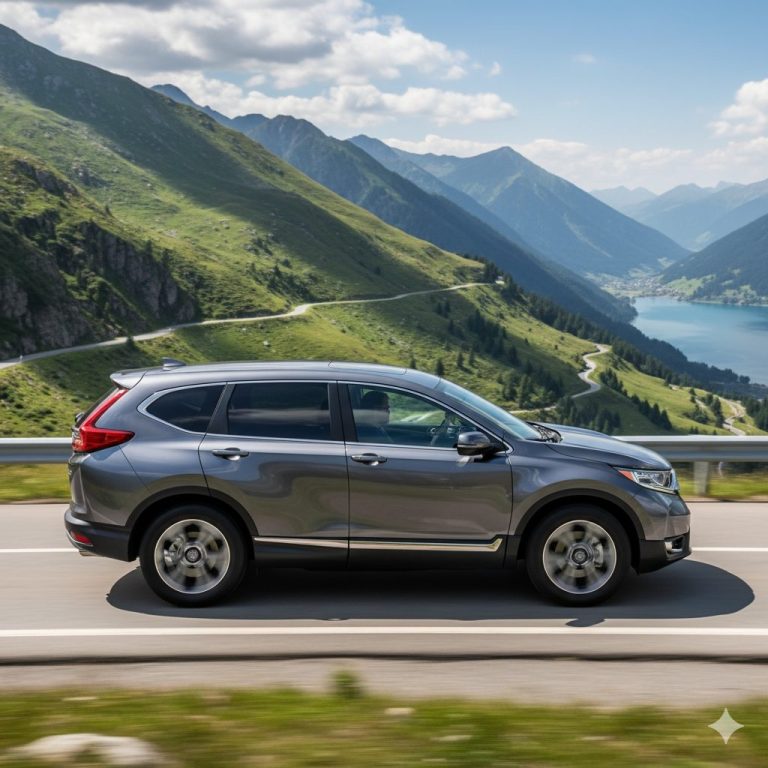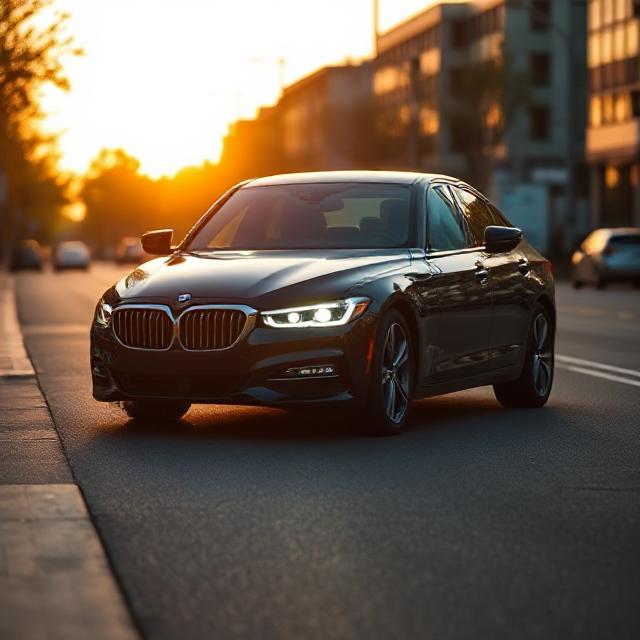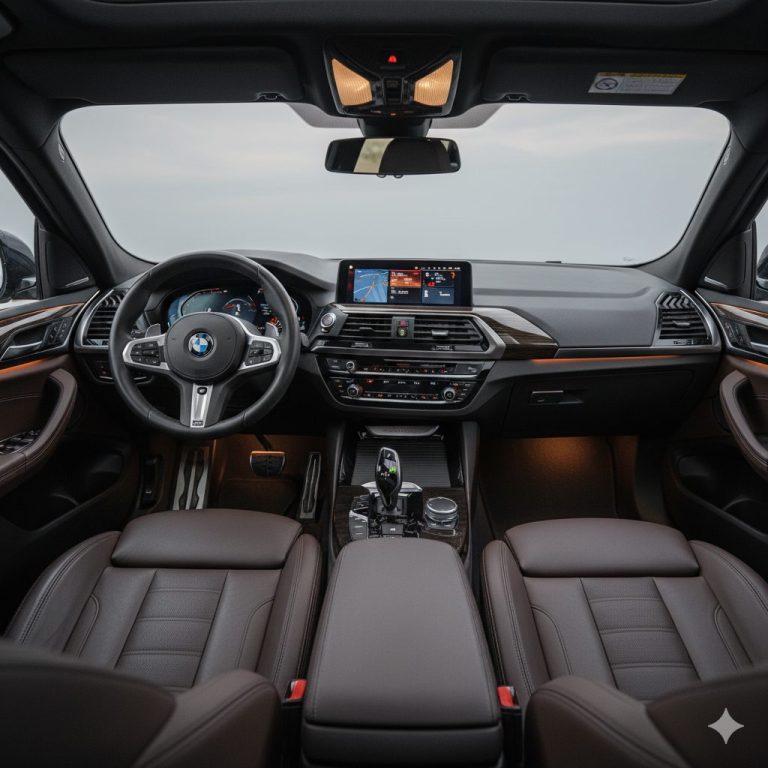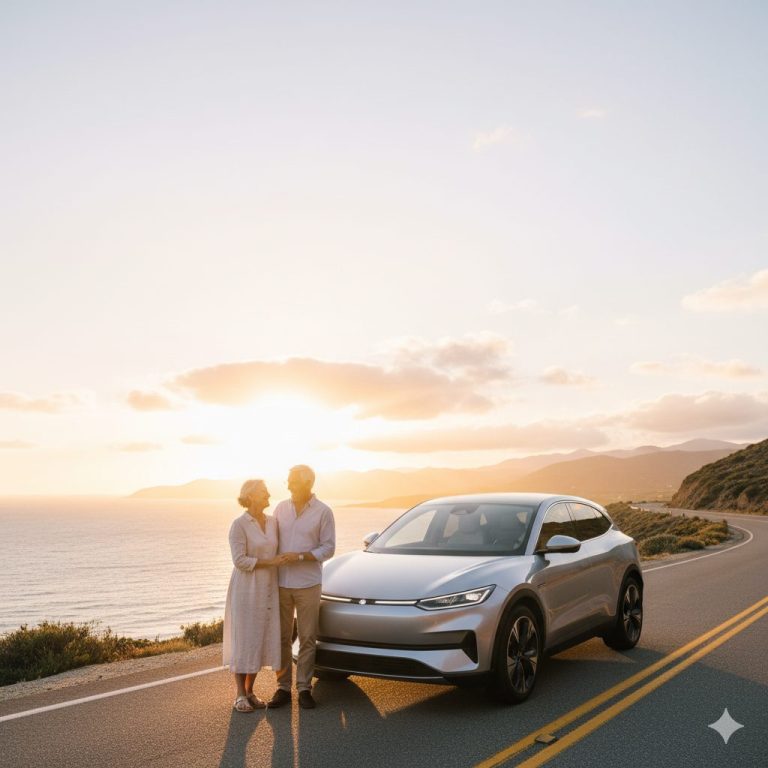Best Compact SUVs for Space & Comfort in 2025
Compact SUVs have become the perfect middle ground for families, offering great fuel efficiency without sacrificing space or comfort. These 10 models stand out for their roomy interiors, generous cargo capacity, and smooth, family-friendly ride quality making them the best choices for everyday driving and long trips.
Honda CR‑V

So, the Honda CR‑V is like that sensible friend who somehow always has snacks, chargers, tissues, everything in the car, and still has space left over, you know? The cargo area is huge for this class, around the mid‑30s cubic feet with the seats up and over 70 cubic feet with them folded, so grocery runs, airport trips, random Ikea moments… it just eats it all. Passenger comfort is kind of its secret sauce too, with a boxy, upright shape that gives really good rear headroom and a chill, relaxed seating position. Price‑wise you’re usually looking somewhere around 30,000 to 38,000 dollars depending on trim and options, which isn’t cheap‑cheap, but for a family do‑it‑all machine, it kinda makes sense. It’s not the flashiest thing, but honestly, as a comfy, big‑inside compact SUV, it’s always in the top tier.
Toyota RAV4
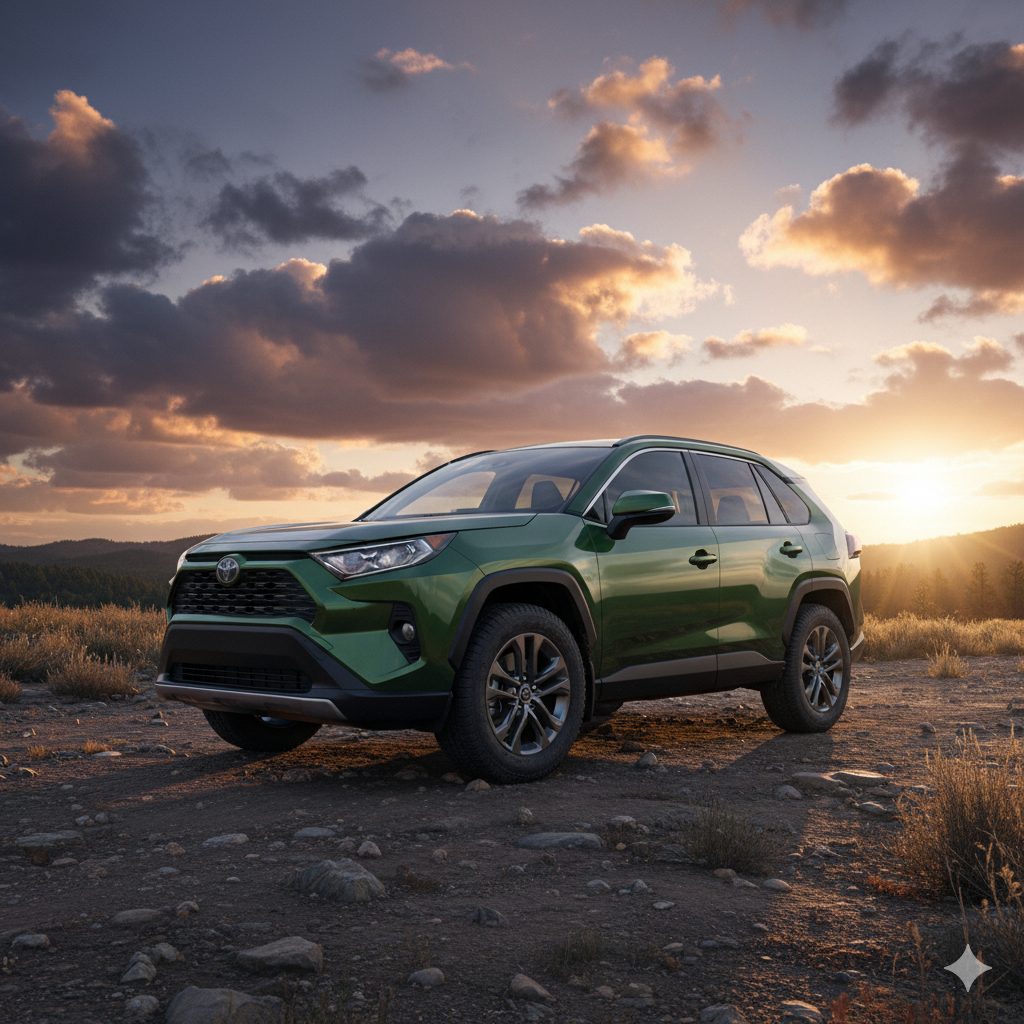
The RAV4 is like the CR‑V’s slightly sportier cousin that started going to the gym but still loves a good road trip snack stop. Inside, it’s surprisingly roomy, with almost 99 cubic feet of passenger volume and about 37.5 cubic feet of cargo space behind the rear seats, which jumps to around 69.8 cubic feet when you fold them flat. That means suitcases, strollers, and, like, three “just in case” bags fit without you playing Tetris for 20 minutes. Seats are supportive, and rear legroom is solid enough that adults don’t feel punished on long drives. Price usually starts at around 31,000 dollars and climbs into the high 30s, so yeah, not bargain basement, but you’re paying for reliability vibes and a super usable cabin.
Hyundai Tucson
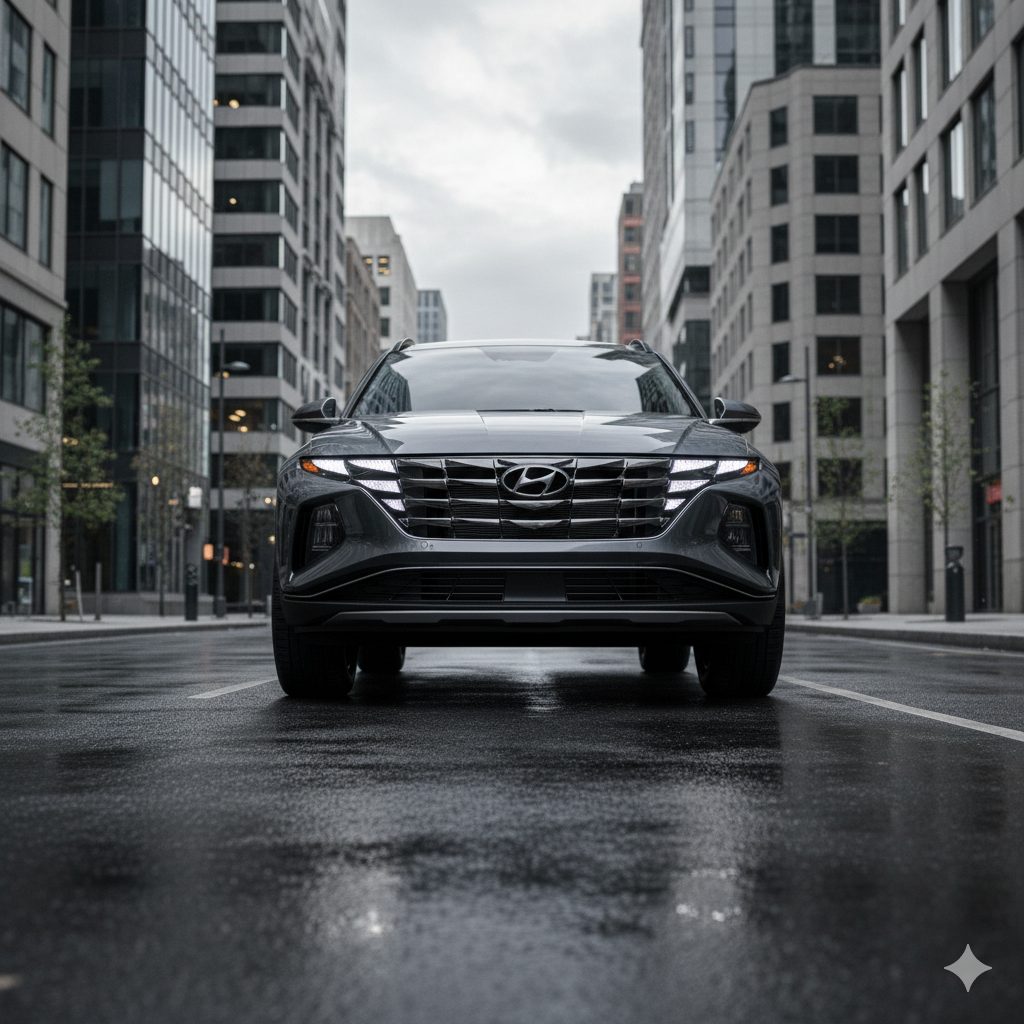
The Hyundai Tucson is that car where you get in and go, “Wait, this is a compact? Are you sure?” because the space feels almost mid‑size. Behind the rear seats you get roughly 39 cubic feet of cargo space and up to about 80 cubic feet with the seats folded, which is honestly wild for this class. Rear legroom is generous too, so tall people won’t be doing weird yoga poses just to sit comfortably. The seats are comfy, the cabin feels modern and clean, and there are lots of little storage cubbies that make it family‑friendly and road‑trip‑friendly. Price floats roughly in the 30,000 to mid‑30,000 dollar range depending on trim, which for the space and features feels like kind of a sweet spot.
Kia Sportage

The Kia Sportage is like Hyundai Tucson’s stylish sibling that shows up with the same practicality but a slightly different personality. Cargo‑wise, it’s expected to be around 562 litres, which translates to a very competitive load area among compact SUVs, especially with the seats down where it turns into a mini‑van‑ish box of space. Inside, it’s pretty roomy for five, and the rear seats are shaped nicely for longer rides, so your friends don’t start complaining 30 minutes in. The cabin design has that techy, slightly futuristic vibe that makes it feel more expensive than it is. Price is usually somewhere in the high‑20,000 to mid‑30,000 dollar zone, which, paired with the space and comfort, makes it feel like a good “I want value but also nice things” option.
Nissan Rogue
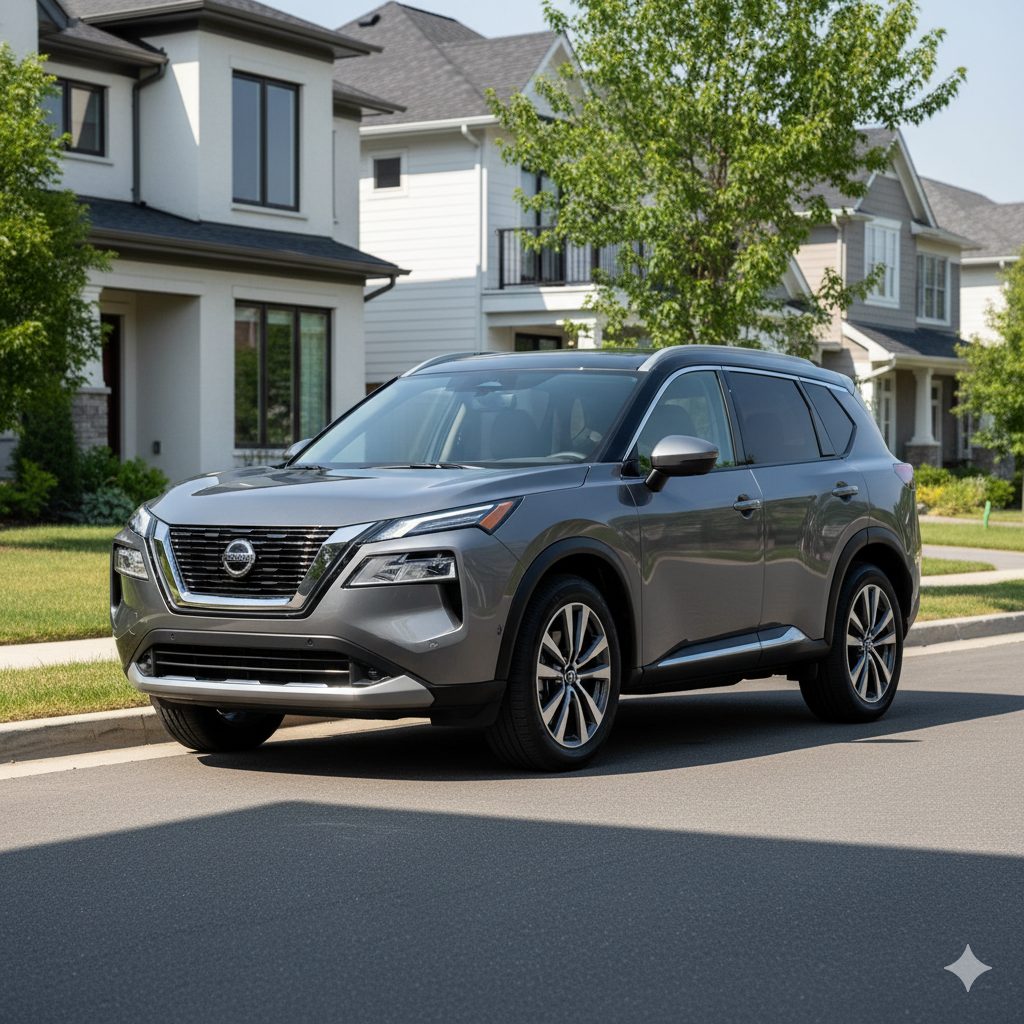
The Nissan Rogue is kind of the quiet overachiever when it comes to comfort and everyday usability. It has really generous legroom, with over 43 inches up front and about 38.5 inches in the back, so people actually stretch out instead of just existing back there. Cargo space is strong too, with a big, squared‑off area and clever stuff like the Divide‑N‑Hide system and a motion‑activated liftgate that makes loading random Costco hauls less of a workout. Maximum cargo volume goes past 70 cubic feet with the rear seats folded, which is totally in that “bring everything” territory. Pricing usually lands in the high‑20,000 to mid‑30,000 dollar bracket depending on trim and options, which lines up with other well‑equipped compact SUVs.
Subaru Forester
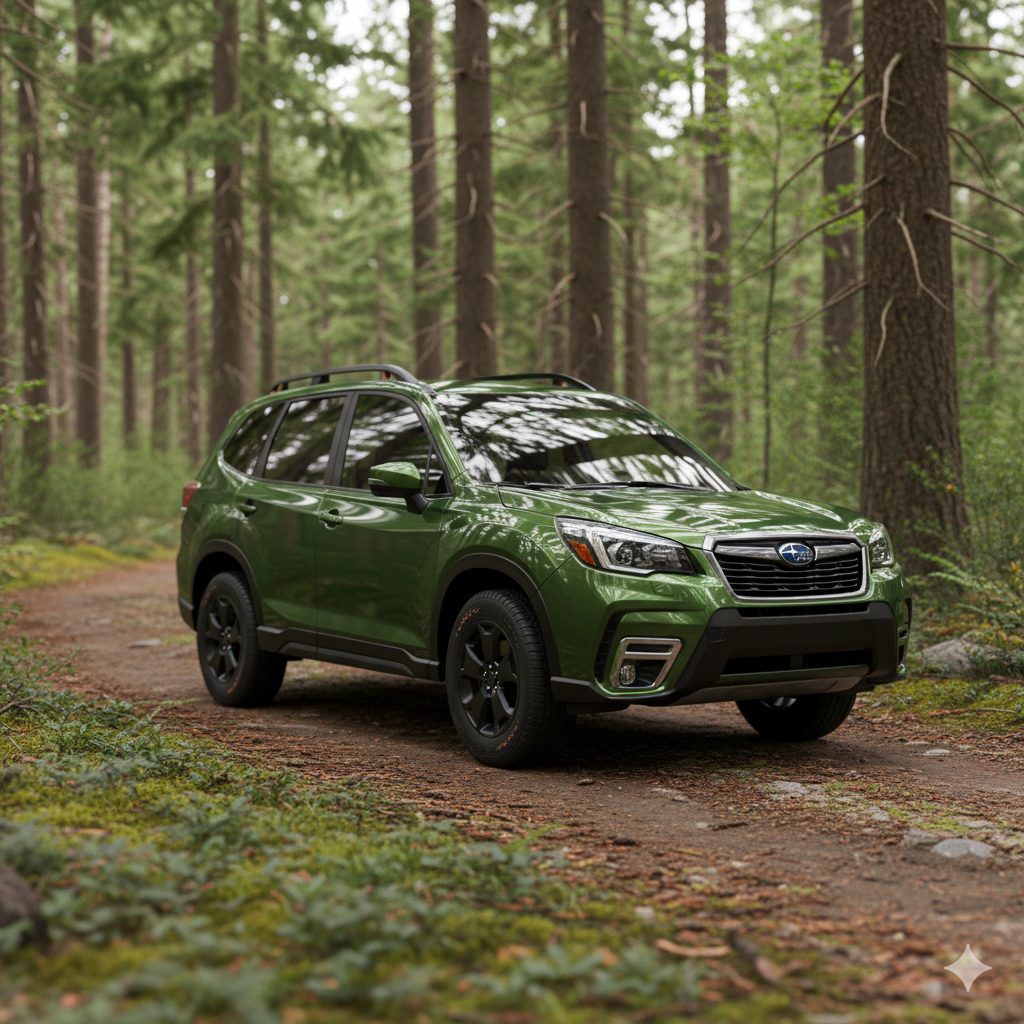
The Subaru Forester gives off strong “practical outdoorsy friend” energy, like the one who always has a cooler and hiking shoes in the back just in case. Cargo space is properly good: around 30‑plus cubic feet behind the rear seats and up to the mid‑70s when you fold them flat, thanks to that tall, boxy shape. That squared roofline is also great for rear headroom, so even taller passengers don’t feel like they’re wearing the ceiling as a hat. The seats are simple but comfy, visibility is excellent, and it just feels airy and easy to live with, especially for families and dog owners. Expect prices roughly from the high‑20,000s into the mid‑30,000 dollar range, which feels fair for the all‑wheel drive, space, and comfort combo.
Mazda CX‑5

The Mazda CX‑5 is the one you pick when you’re like, “Okay, I still want space, but I also want to enjoy driving a little, you know?” Inside, it’s not the absolute king of cargo, with around 506 litres of boot space, so it trails some of the giants like CR‑V and Tucson, but it’s still very usable for day‑to‑day stuff. The trade‑off is that the cabin feels more upscale, with nice materials, supportive seats, and a sorta “mini luxury car” vibe, especially in higher trims with Nappa leather and all that. Passenger comfort is really solid in the front, and the rear is fine for two adults, though three across gets a bit tight. Price usually runs roughly from about 29,000 to the mid‑30,000 dollar range, and if you care more about comfort and style than having the absolute biggest boot, it makes a lot of sense.
Volkswagen Tiguan
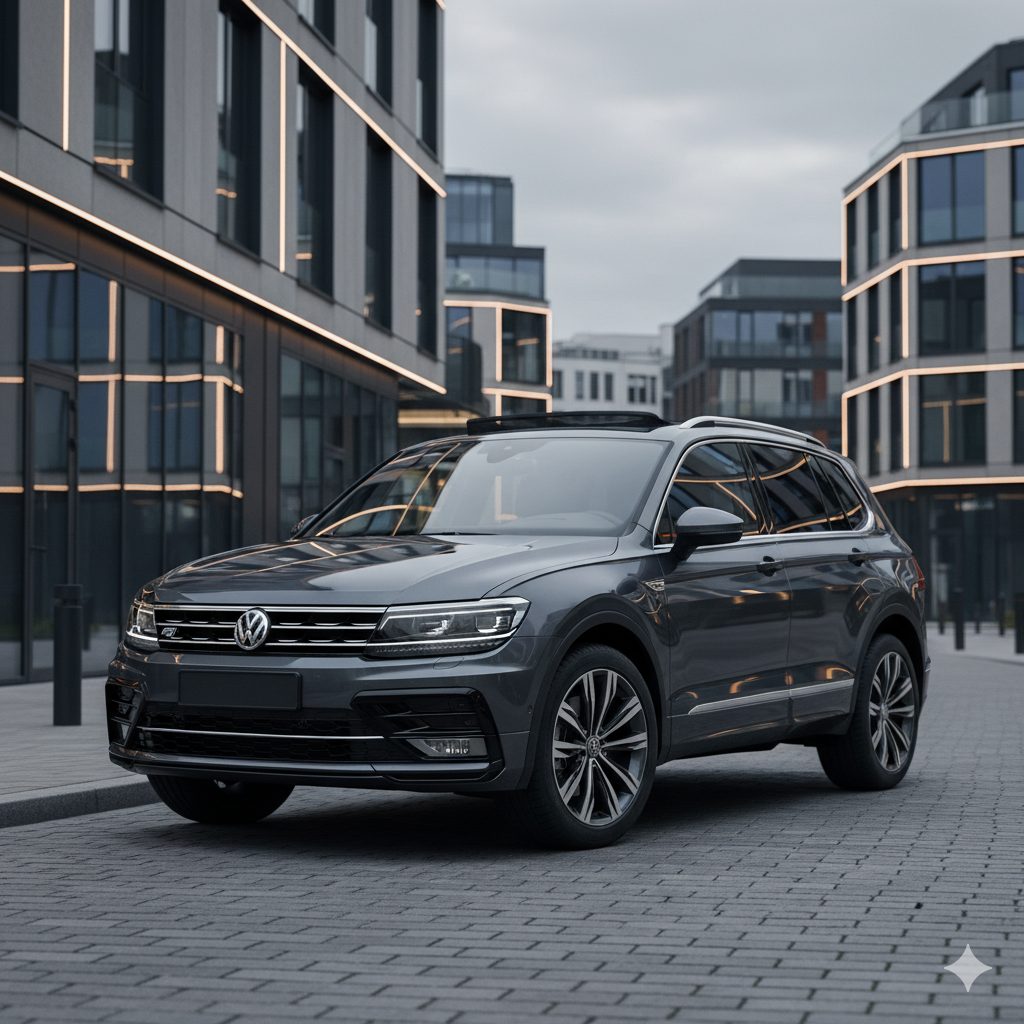
The Volkswagen Tiguan is kinda interesting because it blurs the line between compact and mid‑size, especially with that available small third row in some markets. With the third row down (or in the two‑row versions), you get a really generous cargo area that can swallow family luggage without breaking a sweat. Passenger comfort is pretty good, with supportive seats and a more European, firm‑but‑not‑harsh feel to the ride, which some people love and some people are like “eh, I want softer.” Rear seat space is decent for adults, especially in the two‑row configuration, so long trips are doable without too much complaining. Price can range from low‑30,000s into the upper‑30,000s depending on trim and options, and it kind of positions itself as the slightly more refined, understated choice.
Ford Escape
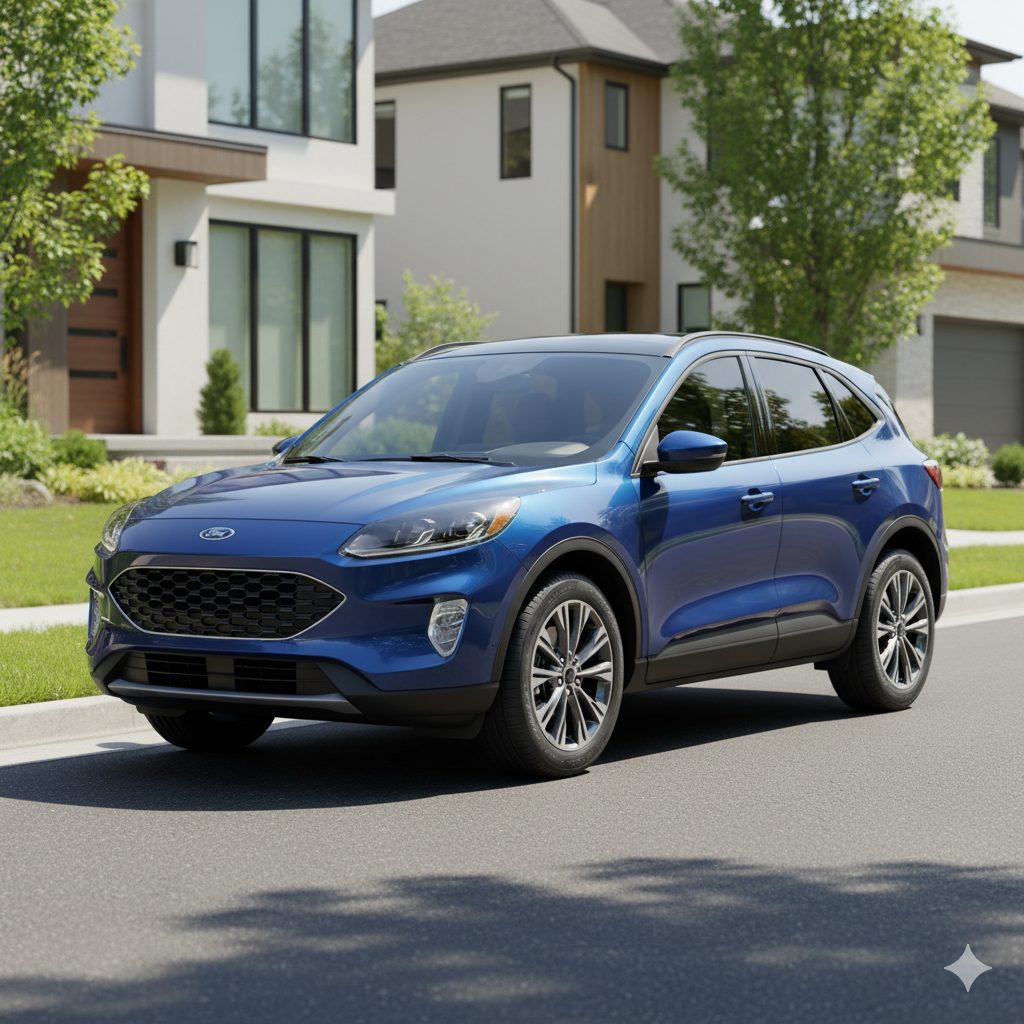
The Ford Escape is one of those cars that doesn’t scream for attention but quietly does a lot of things well, especially if you pick the right trim. Cargo space is competitive for the class, enough for the usual family life chaos, with a flat load floor and fold‑flat rear seats that make it easy to toss in bikes or big boxes. Passenger comfort is solid in the front, and the rear works fine for adults, though some rivals feel a bit roomier in the back. The ride leans more towards comfy than sporty, which honestly fits the whole “daily commuter plus weekend family hauler” vibe. Price usually hovers from high‑20,000s into the mid‑30,000 dollar range, especially once you add some of the nicer comfort and tech features.
Honda HR‑V

The Honda HR‑V kinda lives at the edge between subcompact and compact, but the interior packaging is so clever it deserves a mention when talking about space and comfort. It doesn’t have the biggest cargo numbers in raw figures compared to CR‑V or RAV4, but that rear space plus fold‑flat seats and a low load floor make it way more usable than you’d expect from the outside. Passenger comfort is surprisingly good for four adults, with decent rear legroom for the size and seats that don’t feel like cost‑cutting afterthoughts. It’s kind of the “city compact SUV” that still works for weekend trips and light family duty. Price is usually in the low‑ to mid‑20,000 dollar range, so if budget matters but you still care about space efficiency and comfort, it’s a pretty chill option.
Skoda Karoq
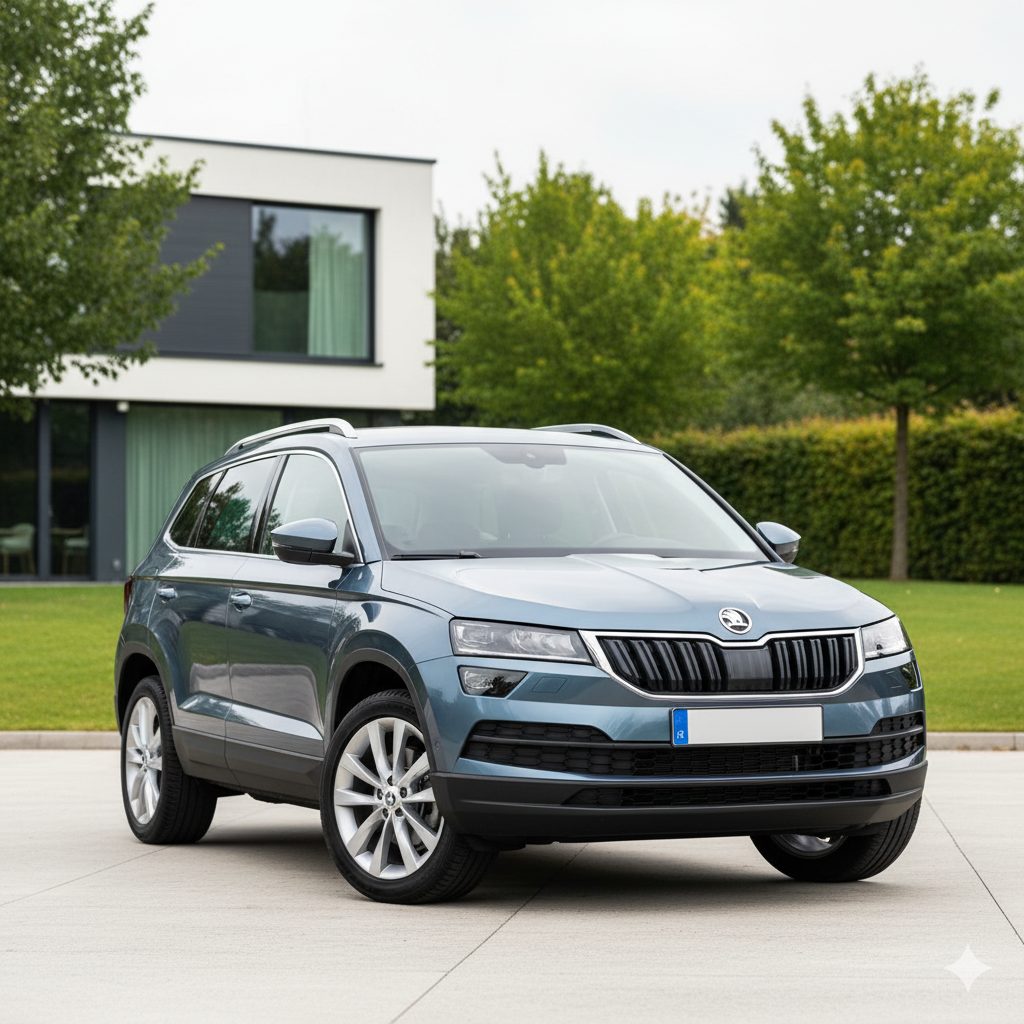
The Skoda Karoq is honestly one of the most underrated practical small SUVs out there, especially if you’re obsessed with boot space and clever touches. With around 521 litres of boot space that can rise to about 588 litres with the VarioFlex rear seats, it just embarrasses a lot of rivals when it comes to luggage‑swallowing ability. Passenger comfort is also strong, with plenty of room for five and nice, supportive seats that make long drives feel easy. The whole cabin has that Skoda “simply clever” thing going on, with smart storage areas and a layout that feels user‑friendly instead of trying too hard to be futuristic. Price varies a lot by market, but converted, you’re often in the high‑20,000 to mid‑30,000 dollar band, which is pretty reasonable for the space and comfort you get.




